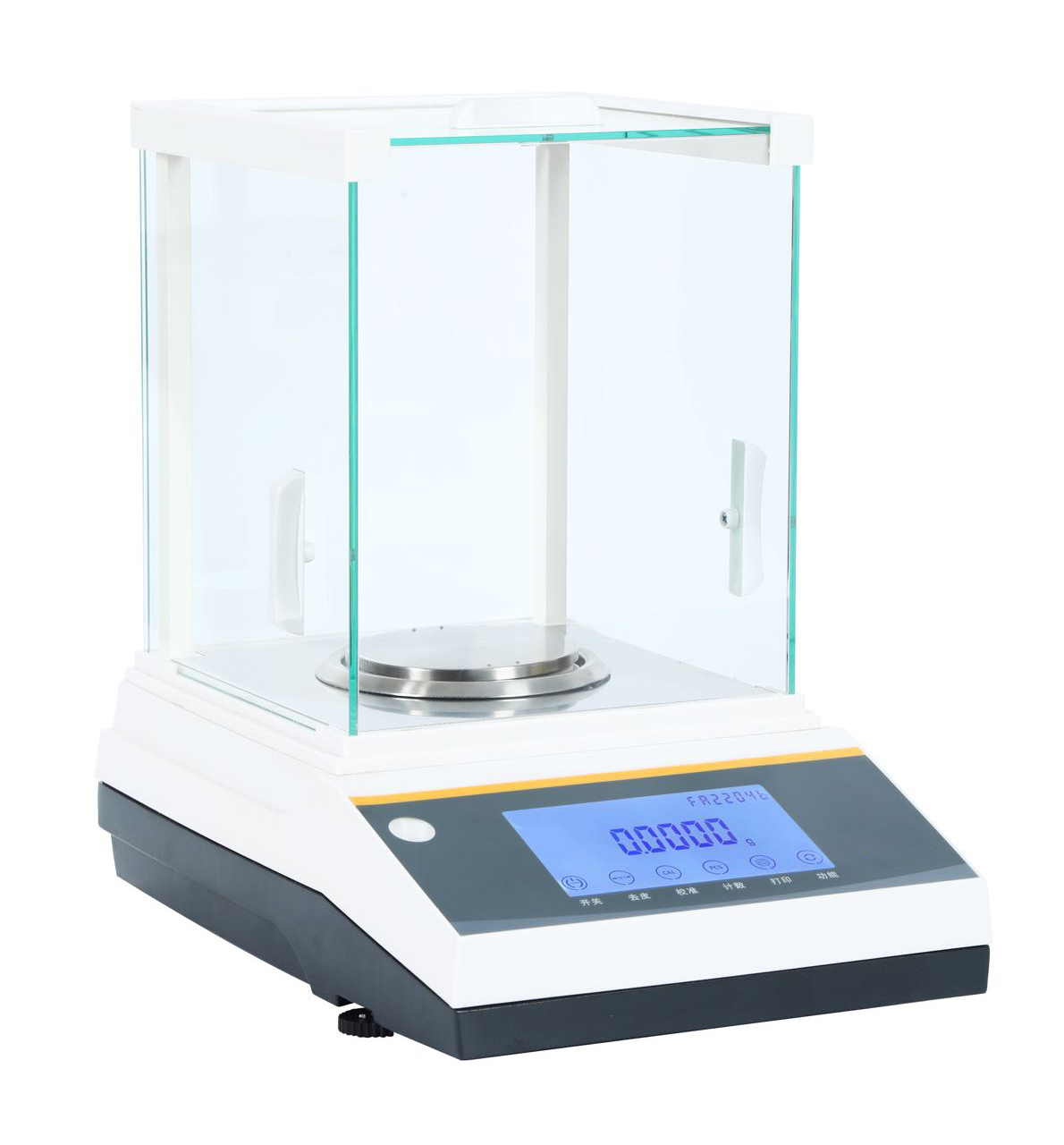The first analytical balance was used about 7,000 years old and had two pans. Today’s one-pan electronic analytical balances have gone through long years of evolution, innovation, and improvement to achieve the current level of accuracy. Modern electronic analytical balances are capable of measuring a hundredth or thousandth of a gram and offer advanced features like calibration, data storage, and more.
We will take you through the evolution timeline of electronic analytical balances to give you a quick overview of how these analog weighing scales transformed into digital precision equipment. You will also find the best electronic analytical balances supplier for all your weighing needs.

Evolution History of Electronic Analytical Balances
We will start counting the history from 1945 when the first one-pan analytical balance came to light. Starting from that point, electronic analytical balances have undergone multiple breakthroughs.
· Double-Pan to Single-Pan Evolution
The first successful one-pan analytical balance emerged in 1945. A Swiss company called Mettler Toledo introduced this precision weighing machine that used a substitution principal to provide more accurate results than two-pan analytical balances.
This model went into production in 1946 and reigned for about 26 years until the next phase in the development.
· Introduction of Nanogram Balance
The nanogram balance was the gold standard for precision weighing after its introduction in 1971. A company called Sartorius manufactured this balance that was capable of measuring tenths of a gram. Moon rocks from the Apollo-11 expedition were measured using this balance.
· Improving the Precision
Mettler Toledo took the lead again and introduced the most accurate electronic balance. This balance had a weighing range of 0-1,200 grams. It could measure even a hundredth of a gram. With this much accuracy, this balance quickly became a popular choice for precision weighing.
· Transformation Into the Single-Piece Restoration Mechanism
This was another breakthrough in the history of electronic analytical balances. Before this point, precision balances used multiple parts for the force restoration mechanism. To be specific, each balance had about 70 different parts for the force restoration. But it made the assembly of the balances critical.
The large number of parts also impacted the accuracy of the balances. Due to the aging of the balances and the changes in the ambient temperature, these balances showed inaccurate results.
To fight this problem, a company called Shimadzu invented the first single-piece mechanism for force restoration in 1989. The company used CNC milling and EDM machines to cut blocks of metal alloys. One block could substitute multiple different parts.
As a result, the accuracy of electronic analytical balances improved a lot. The upgraded balances had better accuracy and faster response compared to their predecessors.
Following this evolution, various companies started their manufacturing of single-piece force restoration equipment. For example, Mettler Toledo called their mechanism MonoBloc.
· Introduction of Monolithic Cells
1997 was another important year in this history when the monolithic cell emerged. This replaced a lot of individual parts and improved the accuracy of precision balances.
· Analog to Digital Display
Improved electronic precision balances needed more flexibility than just showing the weight of the target object. Manufacturers leaned toward digital displays to show the results of the measurements more accurately. Electronic balances with digital displays were capable of showing multiple units.
Over time, digital color displays were incorporated into analytical balances. The advancement in display technologies enabled precision balance manufacturers to use better displays where the results are easily visible.
· Transition to Microprocessor-Based Balances
As the electronic analytical balances grew, the need for additional features besides weighing also increased. Multiple electronic balance manufacturers started using microprocessors in the early 2000s. These microprocessors were the brains of the electronic balances.
They received electrical signals from various sensors and processed the data to provide highly accurate results. Besides the calculation of the weight, these balances could store a certain amount of data in their built-in storage. Analytical balances with microprocessors could also perform statistical analysis and advanced calibration.
· Compact Design and Connectivity
Instead of bulky analytical balances used a few decades earlier, we now enjoy sleek and lightweight electronic analytical balances. In recent times, manufacturers focused on the compact design language of these balances. Wireless connectivity and software integration are also crucial components of today’s precision balances.
You can connect modern electronic balances with multiple devices to get the input directly from the machine. It reduces the chance of errors in terms of data input and processing. This also allows users to share the data more easily and monitor the performance of the analytical balances remotely.
Where Can I Get the Best Electronic Analytical Balances?
Electronic analytical balances are now used in a variety of industries, including chemistry or physics labs, jewelry stores, and more. Among the top suppliers of electronic analytical balances, Weighing Instrument Co. Ltd. Is a trusted name for high-precision and a wide variety of electronic analytical balances.
It has hundreds of models of electronic analytical balances that can take your measurement game to the next level. Find your desired model today!